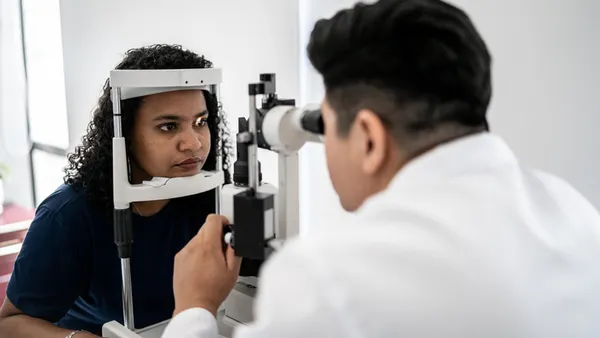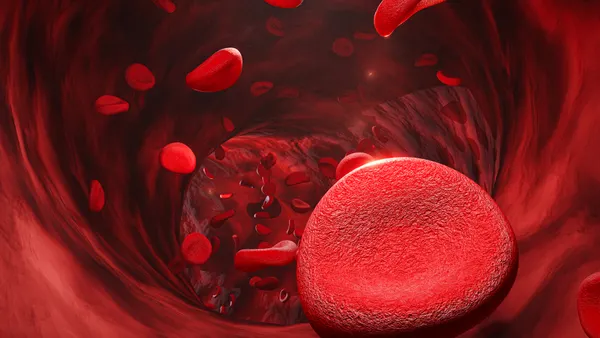Dive Brief:
- Patient monitoring company Masimo said its latest SedLine brain function tracking device for patients under anesthesia has received CE mark clearance for an expanded indication for pediatric patients ages 1 to 18.
- The noninvasive technology uses a signal processing engine specific to pediatric patients to monitor depth of sedation.
- Next Generation SedLine has received FDA clearance for adults but is not indicated for pediatric patients in the United States.
Dive Insight:
In general, development of pediatric medical devices lags adult devices by five to 10 years. FDA last year held a public workshop to discuss the issue and pledged to step up efforts to improve those numbers.
Millions of children each year need general anesthesia to undergo surgical or diagnostic procedures, but the use and monitoring of anesthesia in pediatric patients differs from its use in adults. To address the safety risks for young children who undergo sedation, FDA and the International Anesthesia Research Society formed a public-private partnership called SmartTots to coordinate research with a focus on children under age four, a period of significant brain development.
With the CE mark pediatric clearance, Masimo said its system is now available for all patients 1 year old and above in CE mark countries.
The device aims to help clinicians monitor brain function under anesthesia with processing of four leads of electroencephalogram signals. A pediatric-specific signal processing engine improves the performance of the processed EEG parameter, the Patient State Index (PSi), when monitoring pediatric patients, the Irvine, California-based company said.
Potential improvements over the earlier version of its device include a PSi with less susceptibility to electromyography interference and a multitaper density spectral array intended to enhance visibility of EEG features.
Masimo is traditionally known for its line of pulse oximetry technologies to measure oxygen saturation levels in the blood. The company estimates its SET pulse oximetry device has been used on more than 100 million patients around the world.
Its Pulse CO-Oximetry device, introduced in 2005, conducts noninvasive and continuous monitoring of blood constituents that previously could only be measured invasively, including total hemoglobin, oxygen content, carboxyhemoglobin, methemoglobin, Pleth Variability Index and Oxygen Reserve Index, in addition to SpO2, pulse rate and perfusion index.
The company's pipeline includes a wearable patient monitor, pulse oximeter for smartphones and fingertip pulse oximeter.








